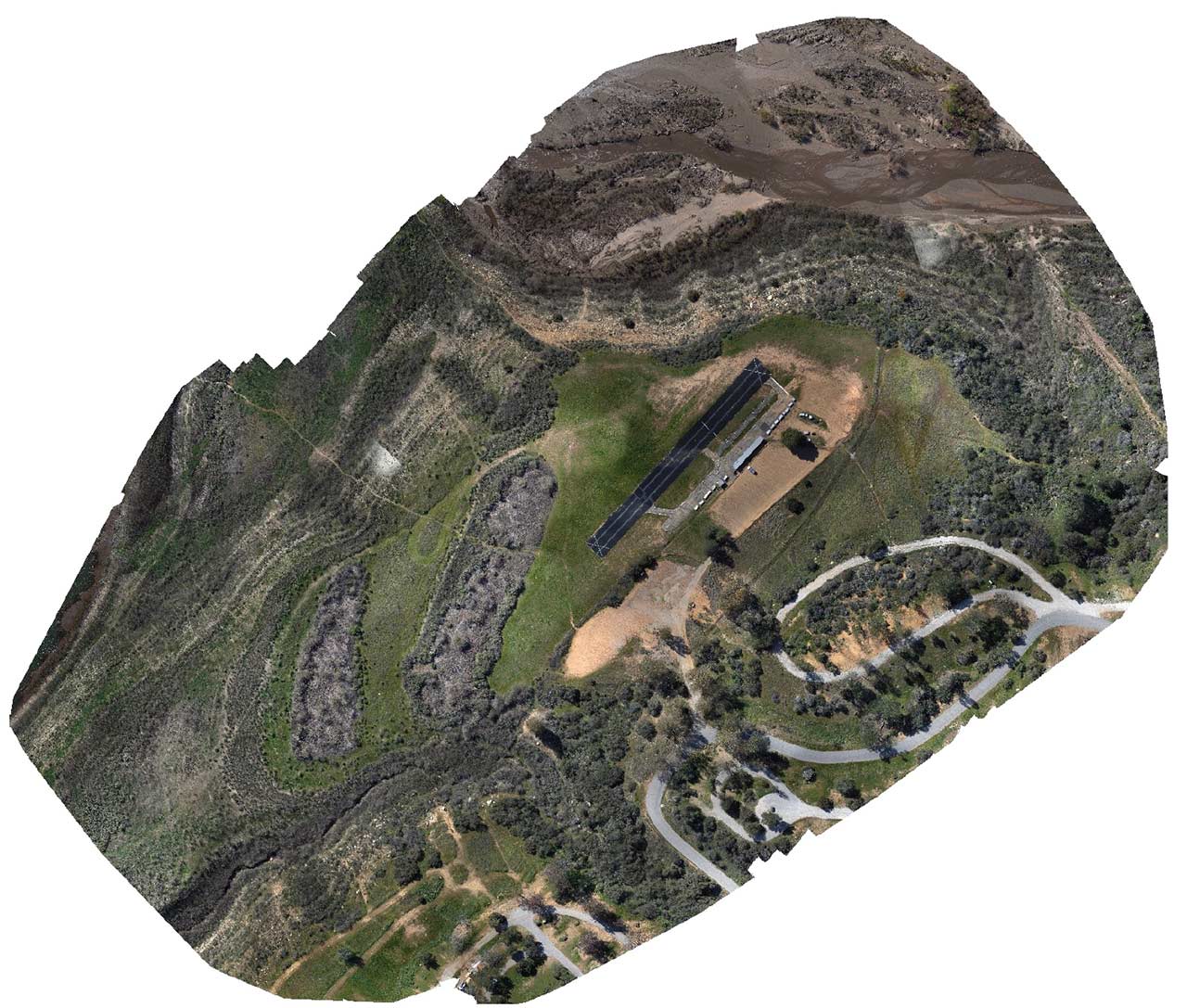The design industry is witnessing a technological renaissance, and drone surveying is at the lead with this transformation. With the ability to be able to capture high-resolution colossal imagery and generate detailed maps throughout a fraction associated with the time that takes traditional procedures, drones are reforming the way surveyors and construction clubs approach their tasks. As construction internet sites become increasingly complex, the precision plus efficiency provided simply by drone technology are essential for being on schedule and even within budget.
The advantages of using drones for surveying usually are vast and far-reaching. From improving accuracy and efficiency inside of land surveys to providing valuable insights in environmental overseeing and real estate valuation, drones offer you a versatile instrument for professionals around various sectors. As we explore the many facets of drone surveying, it will become clear that this impressive approach is not just a passing trend yet a critical element in shaping the ongoing future of construction and executive. Whether you usually are a seasoned surveyor or a fledgeling towards the field, knowing how drone technology can boost your function is key to navigating the innovating landscape of design.

Great things about Drone Surveying
Drone surveying has transformed the development industry by significantly enhancing accuracy and even speed in information collection. Unlike classic methods that demand extensive manpower in addition to equipment, drones can easily swiftly cover large areas in a new fraction of the time. This productivity reduces the moment spent on internet site, allowing projects to advance forward at some sort of faster pace whilst minimizing labor expenses. With high-resolution video cameras and advanced devices, drones can catch detailed images produce accurate topographical roadmaps that are necessary for effective planning and execution.
Another crucial advantage of drone surveying is typically the improved safety that offers. Construction internet sites can be unsafe environments, and classic surveying often needs workers to understand treacherous terrain or perhaps heights. my latest blog post eradicate many of these kinds of risks by performing aerial surveys from a safe range, thus reducing the opportunity of accidents and traumas. This focus in safety not only protects workers although can also cause fewer delays more enhanced overall project duration bound timelines.
Moreover, the data accumulated by drones will be highly beneficial for well informed decision-making and project management. Drones give real-time data of which can be assessed in order to progress, determine issues early upon, and track changes over time. The mixing of advanced computer software allows for comprehensive data analysis, allowing construction teams in order to visualize project innovations, optimize resource share, and ultimately enhance project outcomes. Seeing that a result, drone surveying is not just a trend but a trend in how building projects are handled and executed.
Revolutionizing Building with Drones
Drone surveying is transforming the particular construction industry simply by enhancing precision plus efficiency in job management. visit this website surveying methods often entail labor-intensive processes of which can be labor intensive and prone to human error. Inside contrast, drones supply a rapid and correct alternative, allowing surveyors to gather huge amounts of information swiftly. With high-resolution cameras and advanced detectors, drones can record detailed topographical details that informs style and planning, eventually leading to wiser decision-making throughout the construction lifecycle.
Moreover, the particular integration of drone technology in building projects leads to considerable cost savings. By eliminating many manual surveying tasks, companies is able to reduce labor costs plus minimize project holds off. Drones facilitate real-time data collection and analysis, which methods that teams can easily quickly identify in addition to address potential problems before they turn. This proactive method not only keeps projects on timetable but also helps maintain budget limitations, making drone surveying a financially knowledgeable option for construction firms.
Since the construction industry is constantly on the embrace technical advancements, the part of drones will be set to grow further. Future styles indicate that as drone technology advances, so too may its applications found in construction. From 3D IMAGES mapping to airborne inspections, the features of drones will assist improve safety and compliance on building sites. This switch towards incorporating drone surveying into normal practice signifies dedication to innovation, improving overall project quality and pushing typically the boundaries of what is achievable in design management.
Future Trends inside Drone Surveying
As technologies continues to advance, the continuing future of drone surveying seems incredibly promising. One significant trend is the increasing incorporation of artificial brains and machine learning into drone surveying systems. These solutions enable drones to be able to analyze data inside real time, generating it possible to be able to identify patterns and anomalies that individual surveyors might miss. This evolution not only enhances the accuracy and reliability of surveys although also streamlines the particular decision-making process, permitting quicker responses to issues and customization project timelines.
Another remarkable trend is typically the enhanced capabilities involving drones themselves. With ongoing improvements inside battery life, payload potential, and sensor technologies, drones are growing to be more effective in a variety of surveying applications. Typically the advent of multi-spectral and thermal imaging sensors is especially transformative, enabling a lot more precise data series for environmental supervising and agricultural research. This expanded functionality creates opportunities intended for comprehensive site assessments that were earlier time-consuming and resource-intensive.
Last but not least, regulatory frameworks happen to be evolving to allow for the rise associated with drone technology throughout surveying. Governments and even aviation authorities happen to be increasingly recognizing the value of drone surveying, leading to more streamlined regulations that support larger adoption. As regulations be defined and accessible, businesses will be better positioned to implement drone surveying to their practices, paving the way in which for new applications across industries and drastically enhancing efficiency and even cost-effectiveness in future projects.
